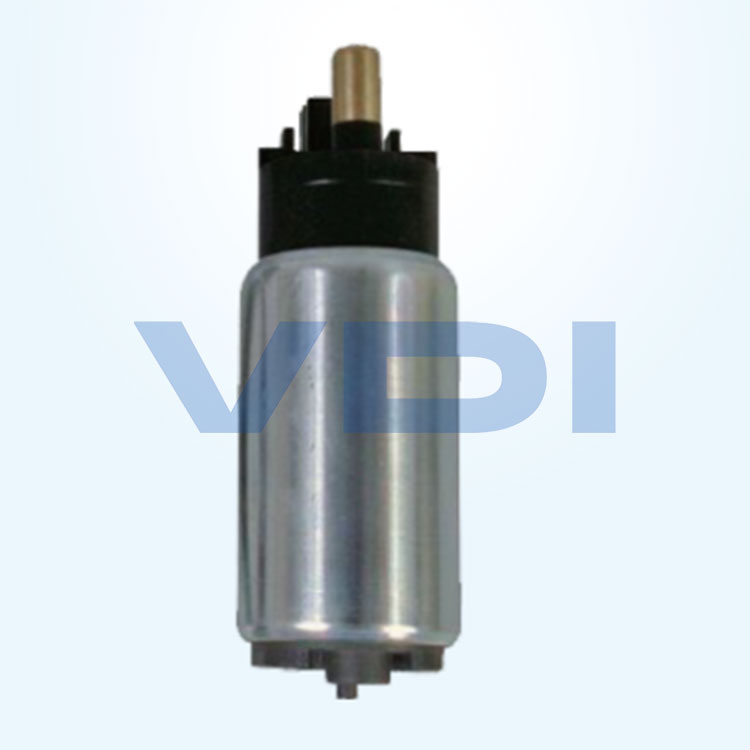Function of Electric Fuel Pump
2024-06-13
An electric fuel pump is a critical component in modern vehicles, responsible for delivering fuel from the fuel tank to the engine at the correct pressure and flow rate. Here’s an overview of electric fuel pumps, including their function, types, components, working principles, and considerations:
Function
1. Fuel Delivery: Electric fuel pumps are designed to supply pressurized fuel from the fuel tank to the engine's fuel injection system or carburetor.
2. Pressure Regulation: They maintain a consistent fuel pressure required by the engine for optimal combustion and performance across varying engine speeds and loads.
3. Reliability: Electric fuel pumps ensure reliable fuel delivery regardless of vehicle orientation (level or inclined) and under various driving conditions.
Types of Electric Fuel Pumps
1. In-tank Fuel Pumps: Located inside the fuel tank, submerged in fuel. These pumps are common in modern vehicles and are cooled by the surrounding fuel, which helps extend their lifespan.
2. External Fuel Pumps: Mounted externally, usually near the fuel tank or engine bay. These pumps are typically used in older vehicles or high-performance applications where higher fuel flow rates are required.
Components
1. Electric Motor: Powers the pump to create pressure and move fuel.
2. Impeller or Turbine: Draws fuel into the pump and pressurizes it for delivery.
3. Inlet and Outlet Ports: Connect to fuel lines, allowing fuel to enter and exit the pump.
4. Fuel Filter: Often integrated into the pump assembly to ensure clean fuel reaches the engine.
5. Electrical Connections: Include wiring and connectors to receive power from the vehicle's electrical system.
Working Principles
1. Activation: When the ignition is turned on, the electric fuel pump is activated either directly or through the engine control unit (ECU).
2. Fuel Intake: The pump draws fuel from the tank through the inlet port.
3. Pressurization: The impeller or turbine pressurizes the fuel, raising its pressure to the level required by the engine.
4. Fuel Delivery: Pressurized fuel is then pushed through the outlet port and into the fuel lines leading to the engine.
5. Regulation: Fuel pressure is regulated by a pressure regulator to maintain consistent flow based on engine demand.
Considerations
1. Reliability and Durability: Choose a pump known for reliability to ensure consistent fuel delivery and longevity.
2. Compatibility: Ensure the pump is compatible with your vehicle’s fuel system requirements in terms of pressure, flow rate, and electrical specifications.
3. Installation: Proper installation is crucial to prevent fuel leaks and ensure optimal performance. Follow manufacturer guidelines or seek professional installation if needed.
4. Maintenance: Electric fuel pumps typically require minimal maintenance but may need periodic inspection for signs of wear or malfunction.
5. Upgrades: Consider upgrading to a higher-performance pump if you have modified your vehicle for increased power output or fuel demands.
Summary
An electric fuel pump plays a vital role in delivering fuel efficiently and reliably to the engine, ensuring optimal vehicle performance. Understanding its function, types, components, working principles, and considerations can help vehicle owners and mechanics make informed decisions regarding maintenance, upgrades, and replacements to ensure the continued smooth operation of their vehicles.



